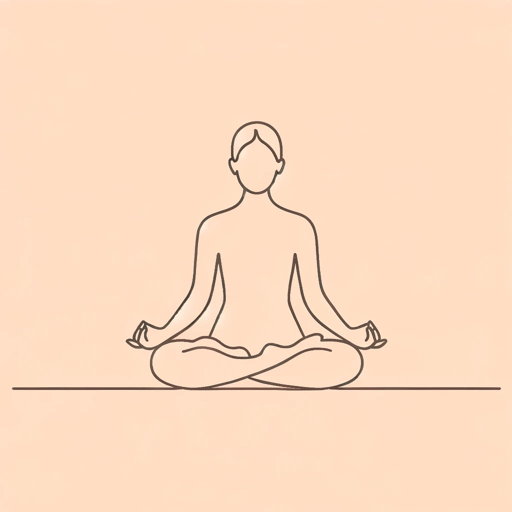60 pages • 2 hours read
Jon Kabat-ZinnWherever You Go, There You Are: Mindfulness Meditation in Everyday Life
Nonfiction | Book | Adult | Published in 1994A modern alternative to SparkNotes and CliffsNotes, SuperSummary offers high-quality Study Guides with detailed chapter summaries and analysis of major themes, characters, and more.
Summary and Study Guide
Overview
Wherever You Go, There You Are (1994) is a work of nonfiction by Jon Kabat-Zinn, a renowned teacher and researcher in the field of mindfulness-based stress reduction. It has received widespread acclaim for its positive impact and practical approach to mindfulness, aimed at an audience of adult readers who wish to engage with their life more authentically. The book has become a classic in the genre, recommended by professionals, and has garnered a strong following for its accessible and transformative guidance.
This study guide refers to the 2004 Hyperion e-book edition.
Summary
In his introduction, Kabat-Zinn explains the major concept of the book, contained in the title: wherever you go, there you are. In Kabat-Zinn’s estimation, readers have made a series of choices and find themselves in the present. For those asking “Where to from here?” Kabat-Zinn recommends connecting completely and honestly with oneself and one’s immediate, moment-to-moment surroundings.
Part 1 unpacks the concept of mindfulness. It is only through the practice of intentional, mindful living that readers can know themselves fully, appreciate their immediate surroundings, and make choices in line with who they authentically wish to be. Kabat-Zinn cautions that much of what we experience in our day-to-day lives is not real but is viewed through the distorting lens of our own thoughts, including our hopes, projections, conditioning, beliefs, thoughts on the past and future, and fears. He urges readers to discover patience and to create a daily practice of mindfulness and meditation in order to escape the incessant noise of our thoughts and reconnect with our truest selves. The risk of not doing so is to miss one’s own life and to be propelled forward on a wave of automated thoughts that are not in line with who we actually want to be.
In Part 2, Kabat-Zinn unpacks the “how” of meditative practice, including instructing readers how to sit, lie, walk, stand, or stretch; how long to meditate; and what readers should keep in mind. In outlining different approaches to meditation, including analogies with the natural world (Kabat-Zinn suggests that meditators channel the majesty and stillness of mountains), Kabat-Zinn stresses the underlying tenets of the practice: to achieve nonjudgmental observation of oneself and the present moment.
In Part 3, Kabat-Zinn explores further avenues associated with mindfulness and meditation, including describing complementary practices, such as ahimsa (non-harming), the posing of big questions, and an appreciation of the oneness of the universe. Kabat-Zinn also discusses the application of the practice to his own life, describing how it aided him in being a more present and authentic parent and how it helped him to manage his anger and appreciate his life.
In an Afterword (present in editions published after 2005), Kabat-Zinn restates his belief that through mindfulness and meditation, we discover our truest selves and can make a commitment to continuing to live authentically. He proposes, in the midst of the digital age, that the practice has never been so sorely needed; our attention is constantly demanded by devices, careers, and relationships, which pull us away from a moment-to-moment appreciation of our lives as they unfold. He reminds readers that mindfulness and meditation provide nourishment for our minds and bodies and that these practices are the path to leading a peaceful and contented life.
Related Titles
By Jon Kabat-Zinn


